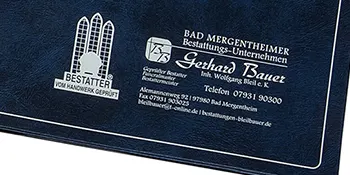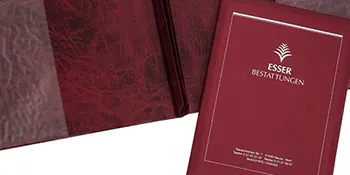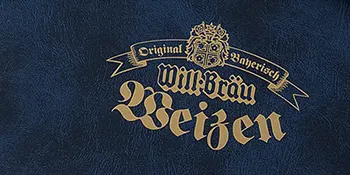FINISHING PLASTIC FOILS
Print, Stamp, Laminate
THE PERFECT FINISH
Finishing processes
Finishing plastics or products made from plastic foils entails more than simply making them look better. Our applied processes ensure that the product you order not only receives a flawless finish, but is also more robust and of higher quality.
This is because potential production steps can increase the surface resistance, improve general material properties and at the same time enhance the look and feel of your products.
Contact us for a free consultation with no obligation to you and learn about the best methods for you and your project.
Manufacturing processes for plastics finishing
Because there are so many different reasons for finishing, there are just as many finishing methods for enhancing plastics and plastic foils. One of these methods is striving to maintain a modern, attractive appearance. Another might be increasing brand awareness and product recognition by labelling or printing an item.
As a result, there are several options for merely enhancing the appearance of a product or also increasing its stability:
Printing
Embossing
Lining
Laminating
If you also want to learn more about our other process technologies, please continue reading in the following categories:
Separating plastic foils
Forming plastic foils
Joining plastic foils
Materials used
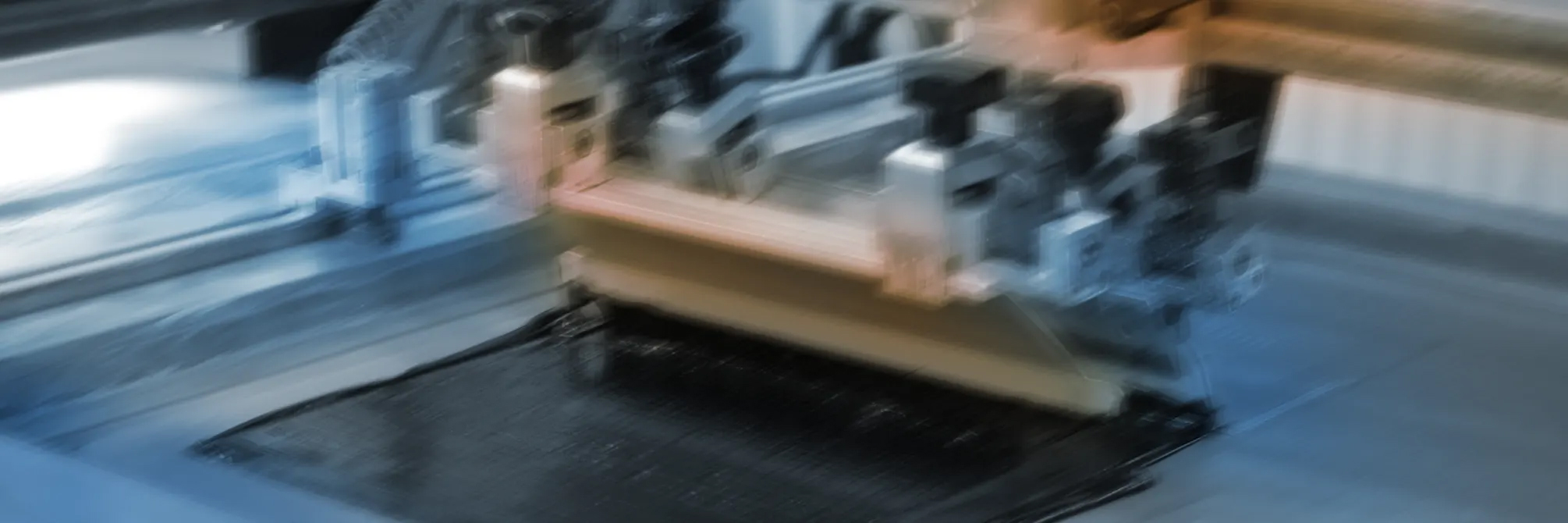
-
CUSTOM-MADE FOR YOU
Printing plastic foils
The different printing processes can work with both air-drying and UV-reactive inks. With UV printing, the ink dries instantly after printing and the printed sheet or product can be further processed immediately.
Screen printing
Conventional screen printing uses solvent-based inks. It typically prints using a 28 raster (approx. 72 dpi) with a minimum line width of 0.1 mm. One colour is applied per print process; a pressure screen is required for each colour if more than one colour is used.
Digital printing
Digital printing is performed without a print template. Data are transferred directly to foil or paper via the press. Digital printing is typically used for smaller or medium quantities. Multicolour prints can be realised in a single step.
Offset printing
Offset printing generally refers to printing on paper for products made of laminated (lined) cardboard. With UV offset printing it is possible to print PP foil (maximum thickness of 0.8 mm), PVC rigid foil and PVC flexible foil. 60 raster (approx. 150 dpi) is generally used, and multiple colours can be applied in one printing process.
-
CUSTOM-MADE FOR YOU
Embossing plastic foils
Hot embossing using specific dies is a great method for designing unique, customised products. The process can be described as a surface finishing technique in which a thin foil is applied to the product to be finished using specially manufactured dies, pressure and heat (hence the term hot embossing).
One of the great advantages of the method is the high level of detail in the resulting print image. This makes it possible to apply filigree lines, bold solid colours and even intricate effects with bronze, silver, gold or metallic colours to your product. The method allows us to enhance your product almost exclusively inline directly during the manufacture of the actual product. This saves us time, which saves you money.
-
CUSTOM-MADE FOR YOU
Foiling plastic foils
In foiling, we distinguish between the related manufacturing processes of laminating and lining.
Laminating
Laminating means using pressure and/or heat to activate the adhesive on the inside of the laminating foil. It penetrates the paper, creating a permanent physical connection. Laminating plastic foils not only results in great resistance, it also enhances colour brilliance. And the effects last for a comparatively long time.
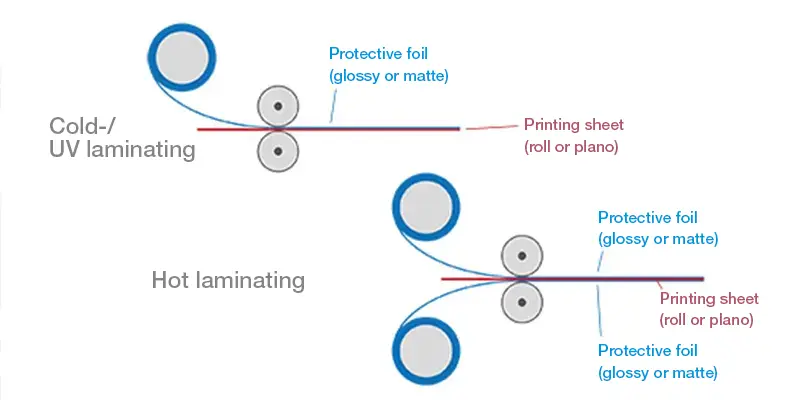
Lining
Lining is the application of a print sheet to a sturdy substrate. In most cases the print sheet consists of cardboard or foil. The sturdy substrate can also be made of cardboard, but paperboard (e.g. corrugated board in packaging) or DIBOND sheets are also frequently used materials. Lining is always used when direct printing is not possible or would be very difficult.
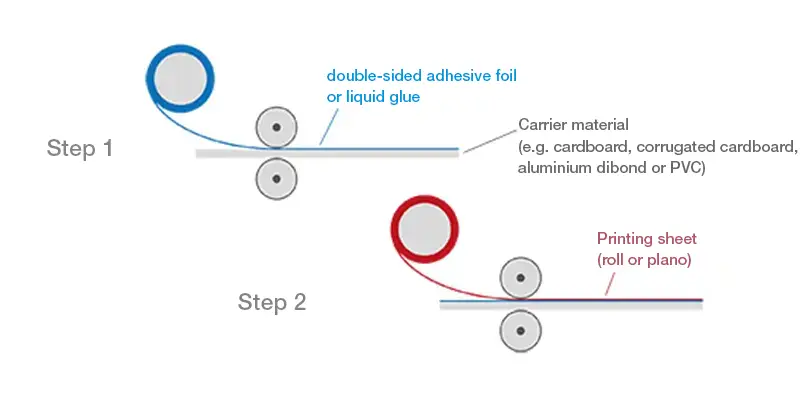
Finishing plastics: Advantages
The advantages for you and your products are quite clear: Finishing not only makes your product one-of-a-kind, it also enhances its appearance. Finishing is almost always also aimed at increasing resistance.
After discussing your project and determining the materials to be used, we will explain the most suitable finishing options for you.
Your advantages at a glance:
Enhance products with a more refined look and feel
Increase resistance and durability
In some cases increase robustness against external influences
Label or print products for better identification and recognition






